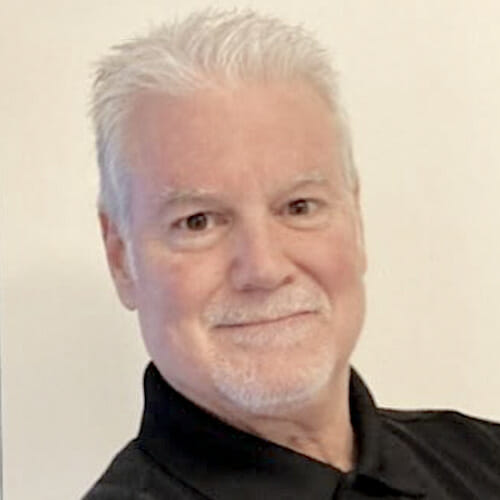

The National Institute on Aging reports that one in three adults aged 65 to 74 has hearing loss, and almost half of those aged 75 or more years have difficulty with hearing. Among adults aged 45 to 54, meanwhile, only approximately 2% have disabling hearing loss.
These statistics mean that many hard-of-hearing older adults have little experience with or knowledge of tools, resources and strategies that can help. For many older adults, moreover, the significant changes associated with age-related hearing loss come at a time when adapting to change of any kind becomes increasingly difficult.
In this environment, senior living communities, other long-term care providers and caregivers have a key role to play in educating and informing older adults about their available options. They also must be sensitive to the challenges that many older adults may experience when acquiring new skills, learning to use new gadgets or adjusting to new realities. Finally, they must recognize that a hearing-assistance solution may require ongoing oversight and support from caregivers, family and friends.
Many experts agree that hearing aids are an ideal solution for someone with hearing loss. Early detection and intervention are critical. Research shows that people often wait up to a decade after their initial diagnosis to be fitted with their first set of hearing aids. During this delay, steady deterioration of the inner ear’s functioning is compounded by a declining ability of the brain to process how we perceive sounds.
In addition, a comprehensive hearing evaluation — rather than a high-level screening — is essential to calibrate a hearing aid to align to an individual’s requirements. But even then, it’s important to remember that every case is different.
Two individuals whose audiograms — or hearing capability profiles — are identical on paper can require two completely different hearing solutions. Patience, therefore, is essential, and care providers can help by emphasizing that finding the right solution can take time.
Even when a hearing aid works well in face-to-face conversations, communicating by phone — which many older adults rely on — can be problematic. Surveys show that, on average, hearing aids improve the quality of phone conversations by only 55%. Because telephones don’t transmit the full range of frequencies used in human speech, turning up the volume simply creates louder garbled sound. Moreover, a phone user can’t read the lips of the person to whom he or she is speaking with or pick up on visual cues and body language.
A viable option
In many instances, phone captioning can be a viable alternative or complement to hearing aids. A captioned phone delivers a volume-adjustable voice signal, along with a real-time transcript of a speaker’s words. This combination can provide a significant benefit.
Imagine watching a film in which the characters speak a dialect of heavily accented English. As a viewer, you can follow what they’re saying, but subtitles provide additional context. Similarly, although a hard-of-hearing person can track the gist of a phone conversation, simultaneously seeing the spoken words appear in text provides clarity and reinforces comprehension.
Today’s phone captioning devices combine speech recognition software and human captioning agents to ensure speed and accuracy. The devices easily adjust volume settings and can enlarge font sizes, which is key, given that vision often declines along with hearing capacity.
For individuals who have hearing loss and require captions to effectively communicate on the telephone, the costs of captioning services are covered through a fund established under the Americans with Disabilities Act. In addition, the cost of caption phone hardware is subsidized by many service providers.
Although technology can help address age-related hearing loss, the prospect of learning new skills can be intimidating. Caregivers can help in a variety of ways, from ensuring that hearing aids aren’t lost, to guiding older adults through the basics of device settings, to soliciting feedback on how well a solution is working.
Friends and family members can be coached to help older adults learn to use — and remember to use — the full range of a device’s features and functionality. Many service providers, moreover, offer ongoing training, support and troubleshooting programs.
The best support for those aging into hearing loss may be a wholistic combination of innovative technology, engaged and informed caregivers, and supportive family and friends who can help them address the challenge of age-related hearing decline.
Steve DeMari is director of business development and education for CaptionCall by Sorenson, a phone captioning service. He has more than 30 years in the audiology and hearing aid industry.
The opinions expressed in each McKnight’s Senior Living marketplace column are those of the author and are not necessarily those of McKnight’s Senior Living.
Have a column idea? See our submission guidelines here.


